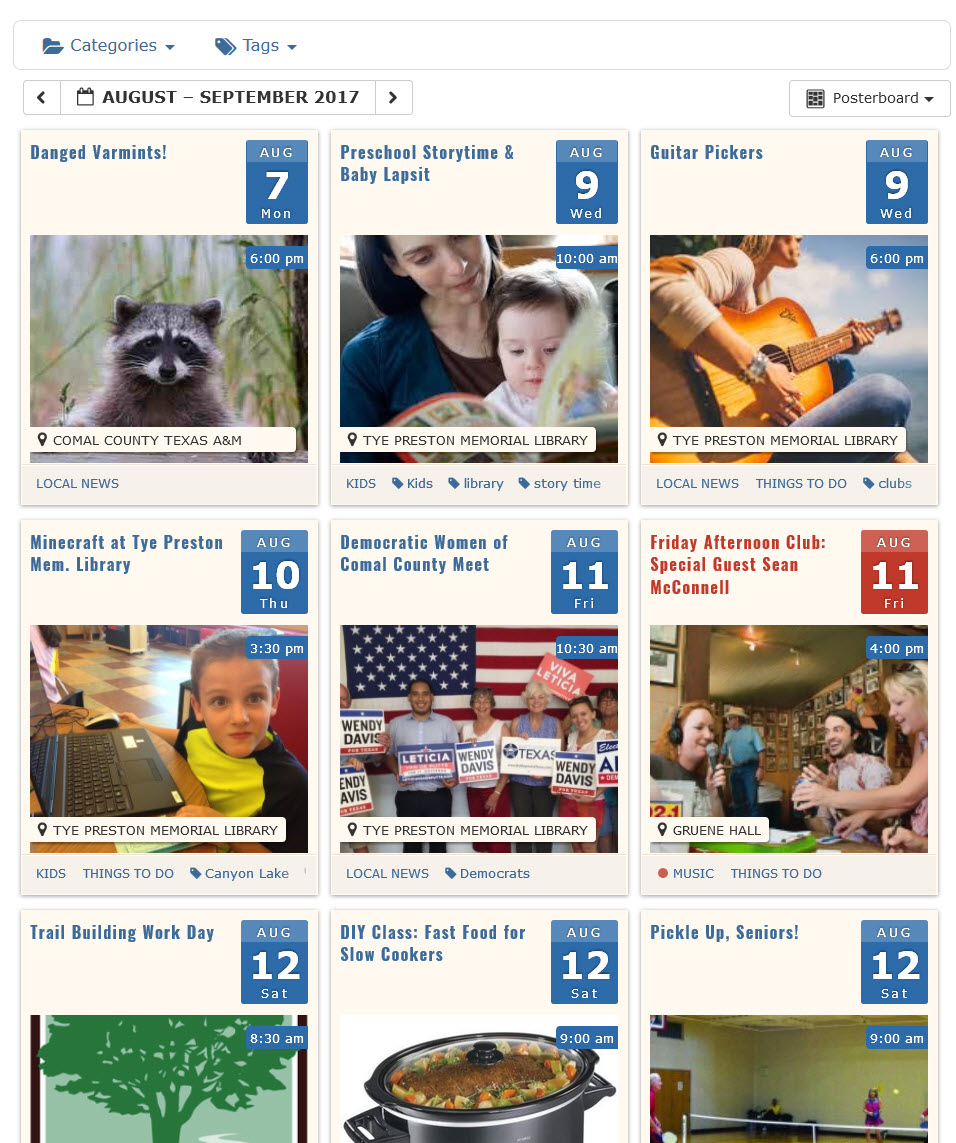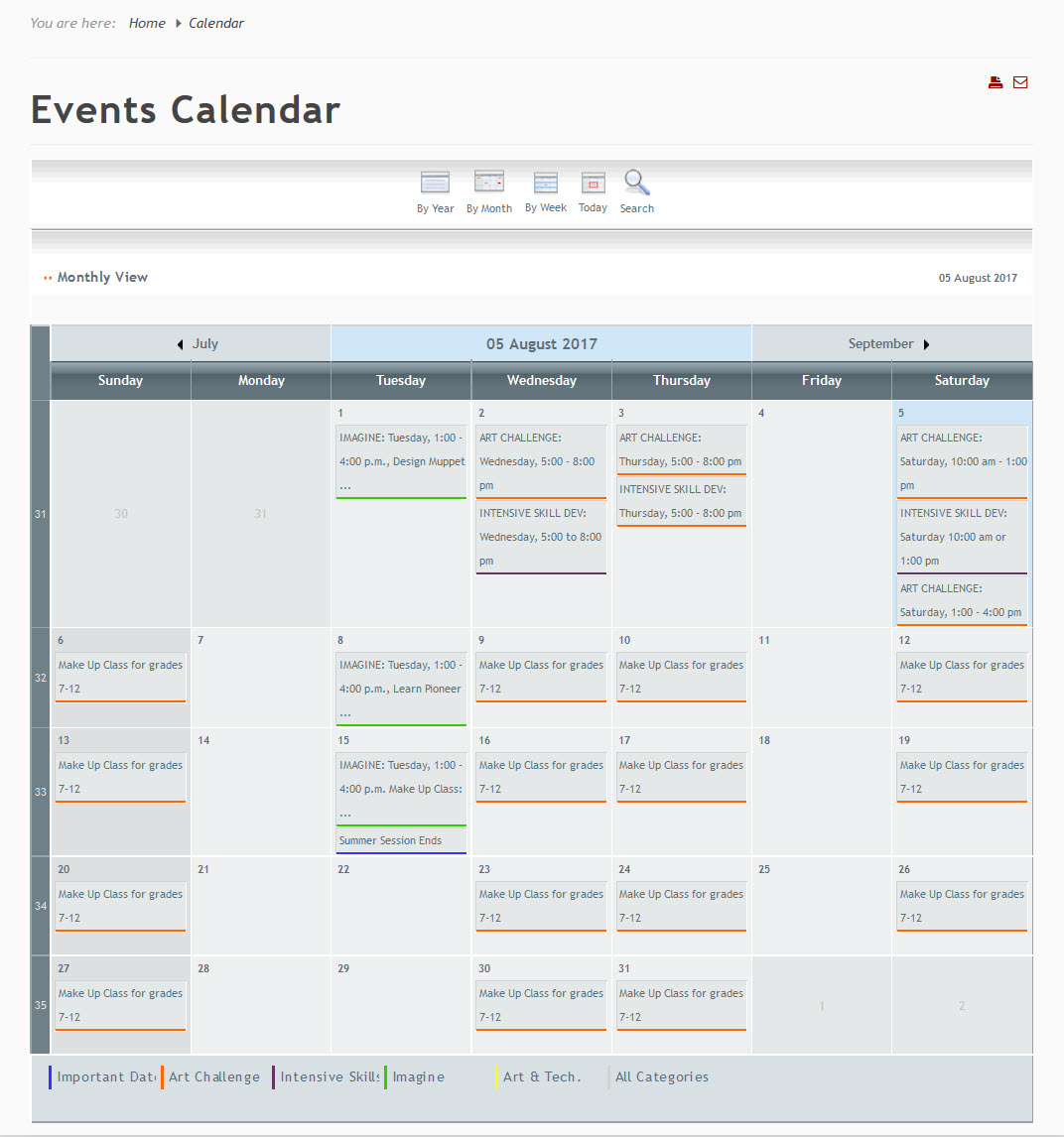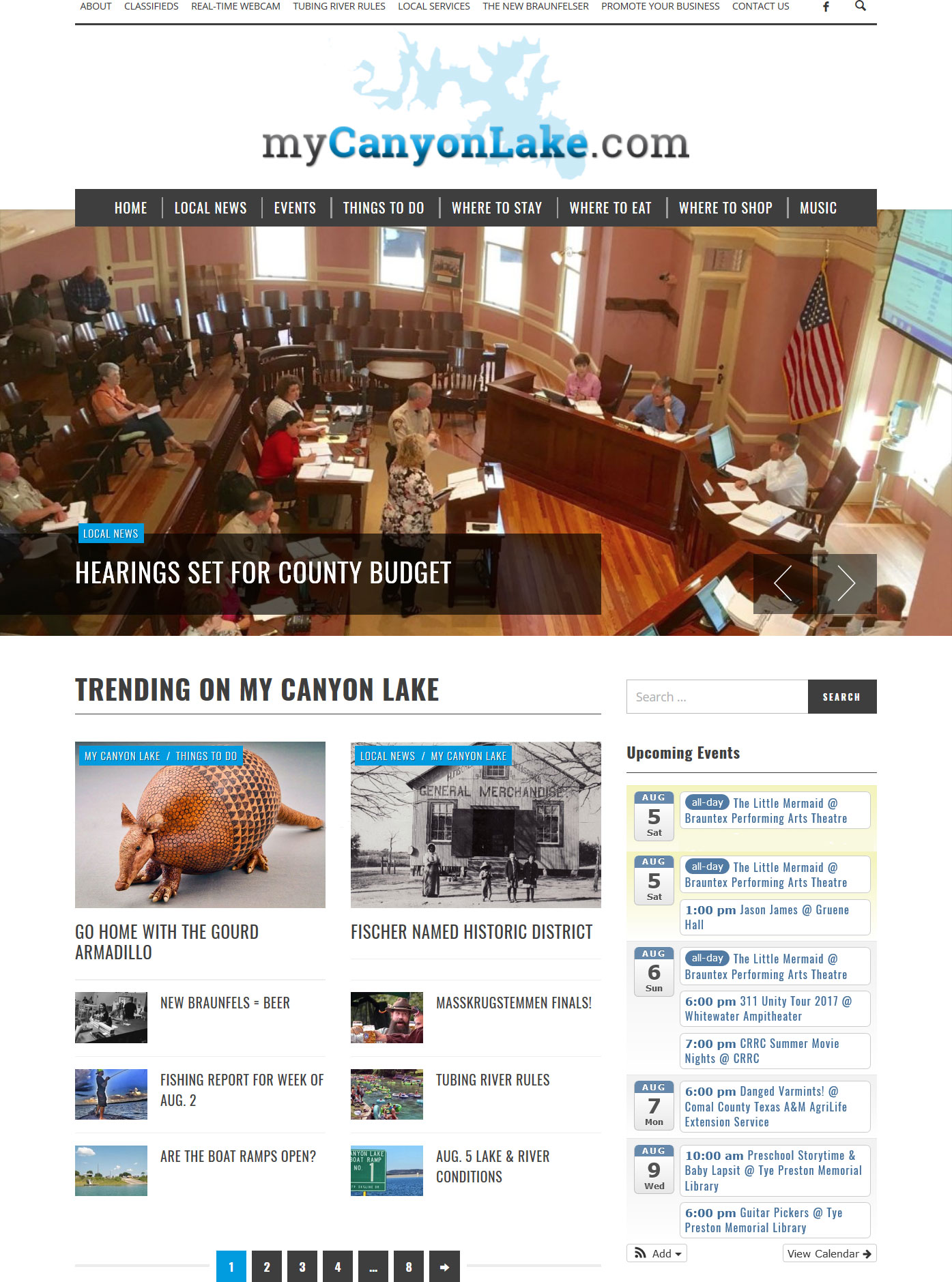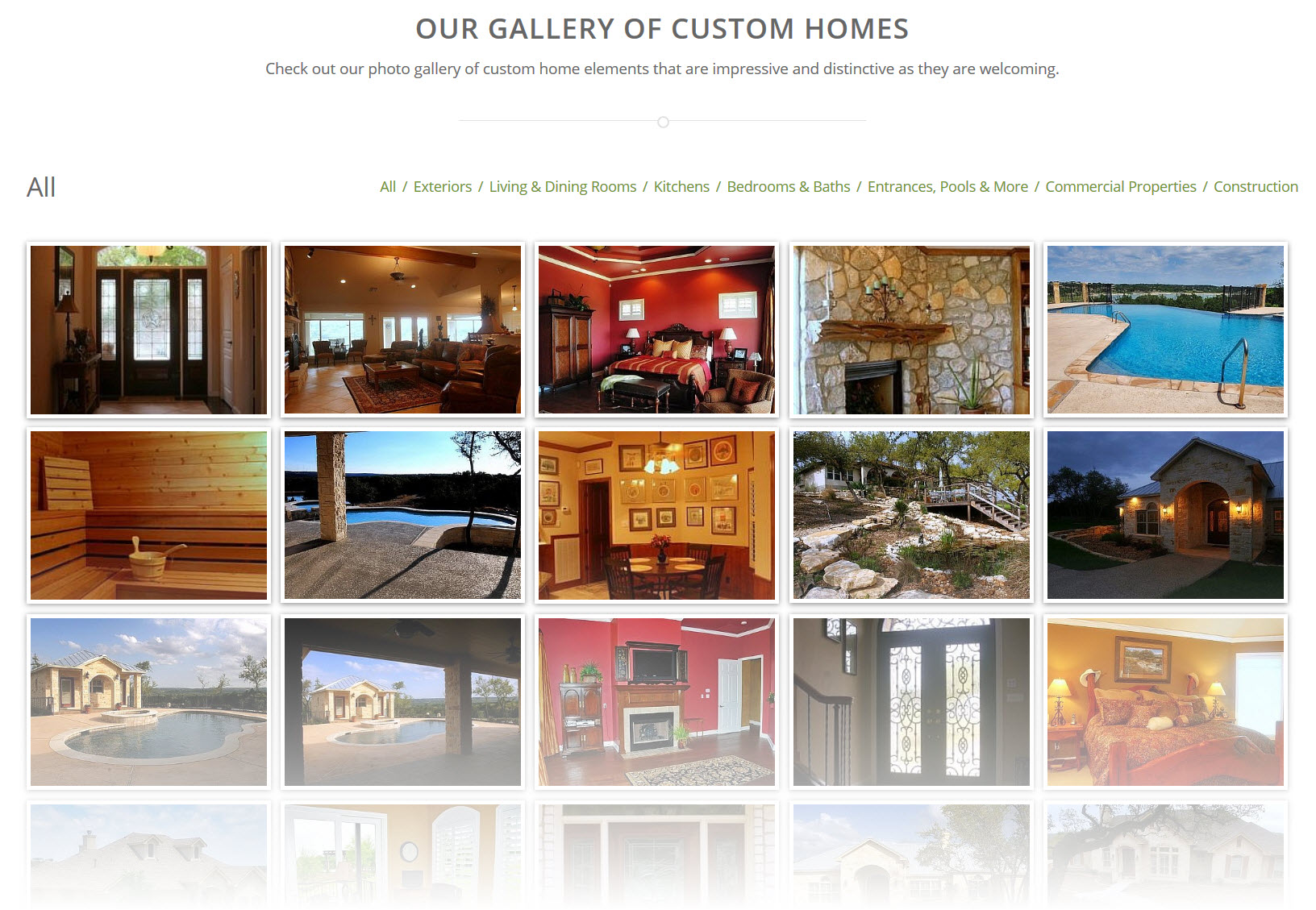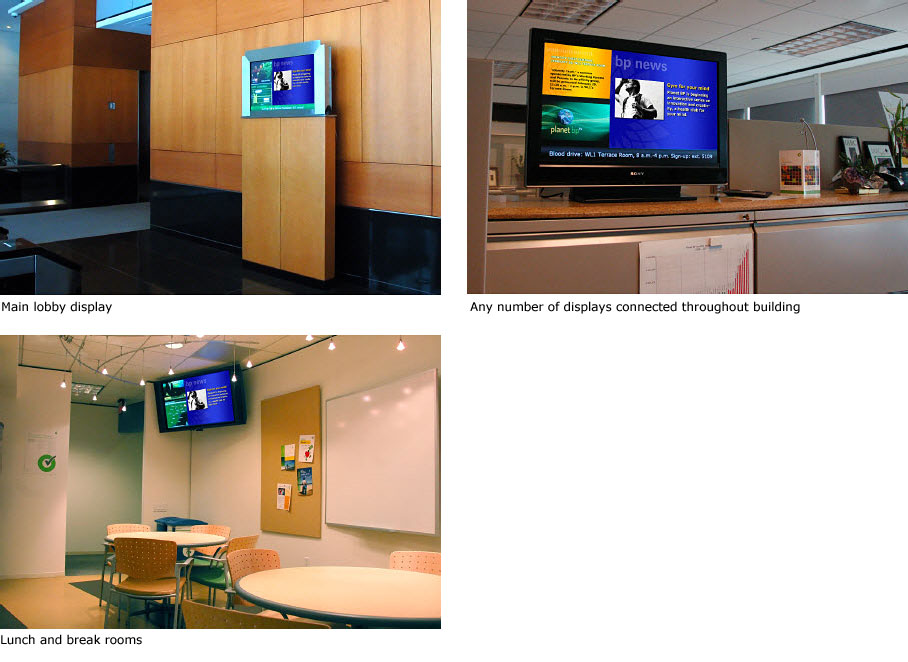FAQs
Frequently Asked Questions
Will my new website bring in more business?
BUT – and here’s the caveat – a website is not a magic portal that summons customers to you like an enchanted piper. Instead, your website is one piece (albeit an important one) of your marketing toolkit. Great website content and design go hand in hand with a strong marketing campaign.
If you want to attract new customers, consider an integrated communications and marketing strategy that encompasses not only a progressive website, but also makes use of emails, e-newsletters, on-line ads, printed media, and more. To increase website traffic, also consider a pay-per-click campaign (e.g., Google AdWords) that targets your audience with an online ad at the precise moment they’re searching for what you offer.
So how does your online marketing campaign measure up? Ask us for a free evaluation.
How much will a website cost me?
We offer several packages each with a competitive price point, depending on what you need. All of our website services include:
- Content management system installation and configuration
- Modular platform for easy expansion
- Administrative control panel for website management
- Professionally designed theme
- Website search feature
- Content optimized for Web search engines
- Google Analytics
Are you a small business on a budget? We have a recession-proof package that gives you a lot for your money. You get a powerful content management system website, a professionally designed template customized with your logo and images, and up to seven pages of content from your supplied text.
Need something unique? Ask us for a price quote.
What is a content management system (CMS)?
A CMS helps you manage every aspect of your website, from adding content and images to updating a product catalog or taking online orders. You don’t need a lot of knowledge of HTML code. If you know your way around a word processor, you can maintain the basics of your own website.
Here are just a few of the types of websites that can be created and maintained by a content management system:
- Corporate websites
- Small business websites
- Online commerce
- Non-profit and organizational websites
- School and church websites
- Personal or family homepages
- Community-based portals
- Magazines and newspapers
What can I do with a content management system?
- Add pages on the fly
- Create newsletters
- Add and update content through multiple authors
- Blog till your heart’s content
- Create a gallery or portfolio
- Add e-commerce items and maintain your products and prices easily
- Import and export RSS feeds
- Create and distribute mass mails
- Create a link directory
- Create dynamic forms
- . . . just about anything you can imagine.
What CMS platform do you use?
Many aspects, including ease-of-use and extensibility, have made Joomla and WordPress two of the most popular website platforms available. They are used around the world for corporate websites and portals, corporate intranets and extranets, online magazines, newspapers, and publications, E-commerce and online reservations, government applications, non-profit and organizational sites, community-based portals, and school and church websites. And let’s not forget small businesses!
Why use “open-source” platforms vs proprietary systems?
Benefits include:
Cost: Open-source platforms are easy to install, use, update, and come without the heavy burden of licensing issues and proprietary upgrades.
Support: Open-source platforms like Joomla and WordPress offer a vast knowledge base of support, including tutorials, downloads, and live customer support and assistance through forums, help lines and sites, and chat rooms.
Quality: Open-source solutions are popular not only because they are cost-effective but also because they are reliable, resilient and adaptable. The distributed nature of open source encourages good habits around maintenance, transparency, simplicity, modularity and portability.
Security: Security is a major advantage to open-source software with the system architecture much less vulnerable to attacks from Trojan horses, viruses and malicious spyware than closed-source systems.
Interoperability and Standards: The purpose of open standards is to promote interoperability between different applications on different operating systems. It also provides a clean intersection between different software and hardware implementations. Open standards also allows a user to be platform, vendor, and software independent.
How do I select a website designer?
Here are a few things to consider when hiring a website design firm:
- Look at their portfolio. Do their website designs project the sort of image you would like for your product or company?
- Is their fee structure within your budget?
- Determine if the website design firm is reputable by contacting a few of their previous clients for a referral.
- Do they offer testimonials of their work?
- Make sure they understand your marketing objectives. You need to work well together to create a site that will draw clients to your business.
- Finally, keep in mind that a five or six page website is a great place to start advertising your business on the web. But make sure the design firm gives you a solid platform that can expand and grow with your needs.
Can Safari Multimedia handle all of my communications needs?
- Websites with powerful content management systems
- Editorial support: writing, editing, and research
- Print design and production
- Multimedia: photography, audio/visual production
- E-commerce solutions: shopping carts, online catalogs
- Book publishing
Why use Safari Multimedia?
Safari Multimedia uses the most up-to-date design and Web technologies to make your website stand out from the millions on the Internet today. Our websites are not only exceedingly functional, but fun and interactive for your visitors.


